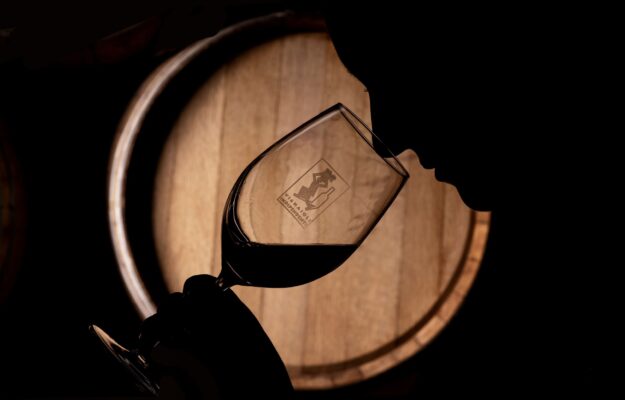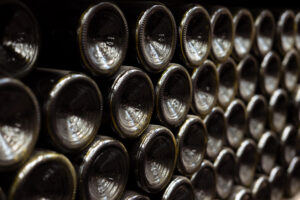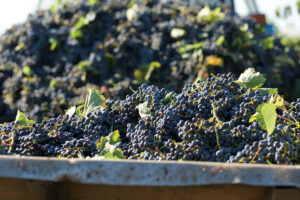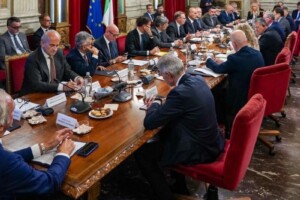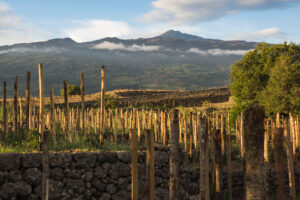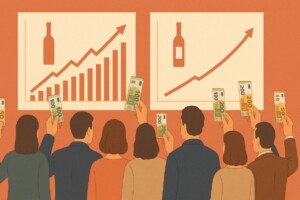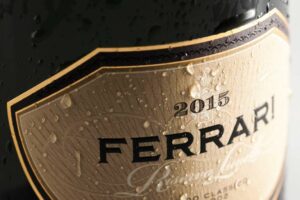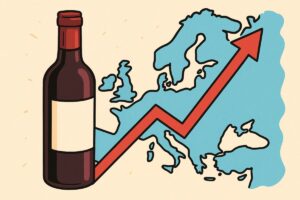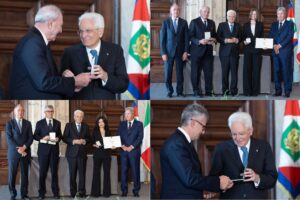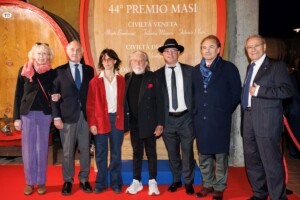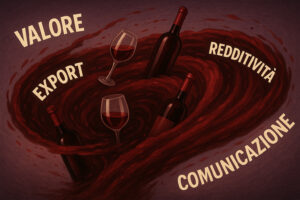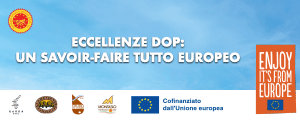A little more than 10 hectares of vineyards as the average cultivated area, 1,700 associated producers, 75 tons of self-produced grapes for the sale, each year, of 38,000 bottles, at twice the average of the Italian market. This is the socio-economic model Fivi, the Italian Federation of Independent Winegrowers, analyzed by Nomisma Wine Monitor, to understand the health and prospects of Fivi, which represents “a totally integrated supply chain, from the vineyard to the winery, to the marketing of its wines”.
“One of the main positive externalities linked to the socioeconomic model of Italian Independent Winegrowers is the fact that 81% of the vineyards cultivated by these producers are located in the hills and mountains, compared to 60% of the Italian average, i.e. in those inland areas increasingly subject to depopulation and hydrogeological risk”, explains Denis Pantini, head of Nomisma Wine Monitor, “areas where, by the way, wine grapes represent one of the few agricultural productions still able to give income to those who cultivate them”. In general, wine Italy boasts a rich heritage: 240,000 grape-growing companies, 30,000 winemaking enterprises, more than 500 wines with PDO and PGI designations. And not to mention the biodiversity of grape varieties: the ten most cultivated weigh less than 40% of the national vine area, compared to 70% in France and 80% in Australia. Moreover, with a total turnover of 16 billion euros, the sector represents an indisputable strong point for the Country System. The Fivi system (which, shortly, will experience its main event, the “Independent Winegrowers’ Wine Market” 2024, from November 23 to 25, at Bolognafiere, ed.) includes smaller winemakers who focus more on quality than quantity: they are located in territories less known to the general public and also for this reason they profess to be very attentive to sustainability and oriented toward wine tourism. “But this business model also expresses positive social implications”, Pantini adds, “given that 30% of workers are employed on a permanent basis (compared to 10% of the Italian average in agriculture), 28% are of foreign origin (on the 19% of the Italian average) and 33% are women, compared to 26% of the Italian agriculture average”. In addition, the average price per bottle of wine sold by Fivi producers is more than double the Italian average (7.7 euros versus 3.6), and the survey conducted by Nomisma shows how, although Italy is the market of choice for independent winemakers (and Horeca the main channel), foreign countries are certainly not disdained: 71% export while another 23% said they plan to do so in the coming years.
But the difficulties, for them as well as for the entire sector, are not few and resources are needed to be overcome. Support could come from CMO funds but, as the analysis states, “due to restrictions and bureaucratic constraints that disincentivize access by small companies, only 14% of Fivi Winegrowers have been able to benefit in the last two years from funds earmarked for promotion”. For almost one Fivi producer out of two, in fact, cost management and the efficiency of business organization (put to the test by climate change and the difficulty of finding labor) represent the most difficult challenges to overcome, as well as the evolution of consumption and the tightening of competition, particularly from those cheaper wines (often also of lower quality) that, in times of economic downturn, such as the current one, risk penalizing quality products.
The research also presents a focus on sustainability. In the past two years, 71% of the companies surveyed have implemented actions aimed at environmental sustainability (from using sustainable packaging to reducing water consumption and emissions) while another 24% said they will do so in the next two. In addition, one in two companies produces wine organically and 20% are certified sustainable. One lever of development and economic integration used by Fivi producers is wine tourism: more than 80% of member wineries offer services for wine tourists, particularly guided tours with tastings. Here again, it says, “the Fivi model offers a particularly useful contribution to the socio-economic resilience of rural areas, given that revenues from wine tourism services account for 23% of the total turnover of “vignerons” (against a national average of 18%), thus highlighting a differentiation of activities capable of further enhancing the wine production of inland areas. In addition, 46% of the tourists who annually visit such wineries are of foreign origin, another development factor that, if strengthened and further enhanced, can contribute to the reduction of that overtourism that in recent years is bringing negative effects in the social balance of Italian cities”.
Lorenzo Cesconi, winegrower and Fivi president applauds Nomisma’s analysis and highlights three themes for reflection: “we have caught important confirmations, interesting news and worrying alarm signals. The confirmation concerns the role of the Vignaioli in the Italian wine supply chain: small to medium-sized, often family-run companies, rooted in the territory and able to create value and positive externalities where they operate, committed not only to the production of quality wine, but to the protection of the territory and the preservation of the Italian rural landscape. What is new is the percentage of permanent workers in member companies: in historical times of great job insecurity and in an industry inevitably characterized by seasonality, it is interesting to read that 30% of workers have stable contracts. It means that deep professional ties are often created in the company, enhancing skills and based on trust and respect.
Among the concerns, we cannot close our eyes to the high percentage of winegrowers who have set as their first challenge for the future that of profitability, in the face of a continuous increase in costs. From politics, in Europe and in Italy, we ask for simplification, bureaucratic streamlining, regulatory innovation in favor of micro, small and medium enterprises, and above all a clear strategy in wine policy, which must increasingly be oriented toward production sustainability, quality and not quantity, and value creation”.
“I catch in this research many useful hints to formulate instances to bring to the European institutions, first of all the need to make accessible to all winemakers, even the smallest ones, every support measure, such as aid for third country promotion; we have seen from this study how the small companies that FIVI represents do not access this measure, despite having a good propensity to export. We have grasped from Commissioner-designate Hansen the need for the sector to make a commitment to sustainability: the Independent Winegrowers’ companies are in line with the demands, but simplification is also needed in the certification system, which is often too onerous for companies of this size,” commented Matilde Poggi, president Cevi (European Confederation of Independent Winegrowers) and former Fivi president.
Copyright © 2000/2025
Contatti: info@winenews.it
Seguici anche su Twitter: @WineNewsIt
Seguici anche su Facebook: @winenewsit
Questo articolo è tratto dall'archivio di WineNews - Tutti i diritti riservati - Copyright © 2000/2025










